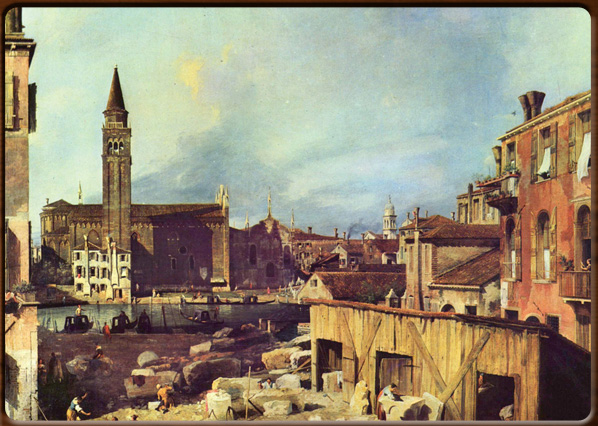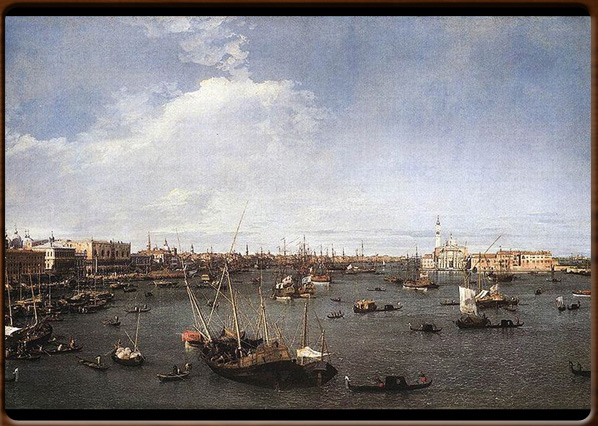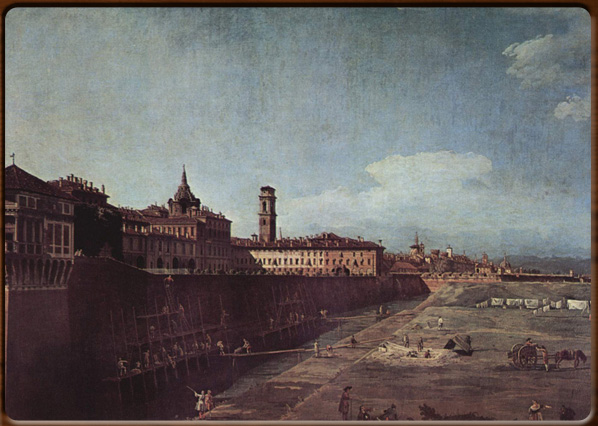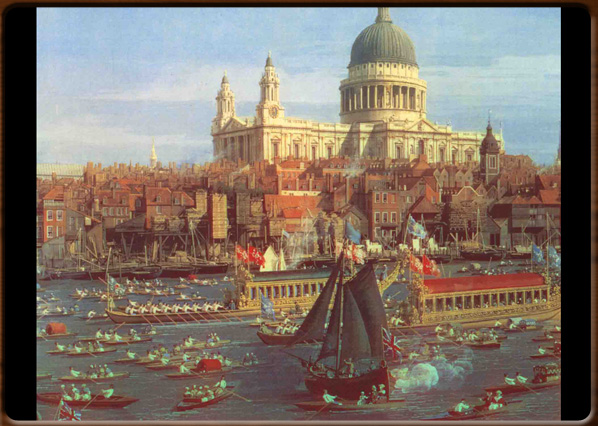Giovanni Antonio Canàl, known as “Canaletto” (Venice 1697-1768), was a Venetian painter and carver living in the 18th Century.
The son of a stage designer, he worked with his father until 1719, when he moved to Rome. Here he learnt about Roman landscape and North Europe, thanks to the work of the many foreign artists in Rome. This was to prove of crucial importance and led him to rejecting the typical Illusionist way of drawing landscapes with effect, preferring instead to produce a real atmosphere, the Vedutism style.
On his return to Venice in 1725, he started working for several English art dealers, who sold his paintings to the British aristocracy.
Canaletto therefore became extremely famous in England and even went there in 1745, where he was received with full honours. He stayed in England for some ten years, until 1755.
Canaletto’s style, in line with the Venetian Vedutism of the late 17th Century introduced by foreign painters and developed by artists such as Marco Ricci and Luca Carlevarijs, gradually evolved with small changes to the structure of the painting. The result was an accurate documentation of the environment and infinite shades of light in the sky and water.
Some of his best known works are now hung in the top museums and art galleries in England and elsewhere: Views of St. Mark’s Square (1726-29, Royal Collection, Windsor); View of San Cristoforo della Pace and San Michele (1725-30, Windsor); St. Mark’s Basin (1735-40, Boston Museum of Art); View of the Thames (1746, Richmond & Gordon Collection, Godwood); Regatta seen from Cà Foscari (1733-34, The National Gallery, London).



